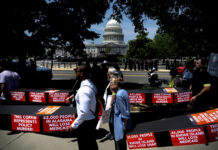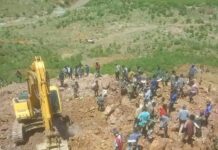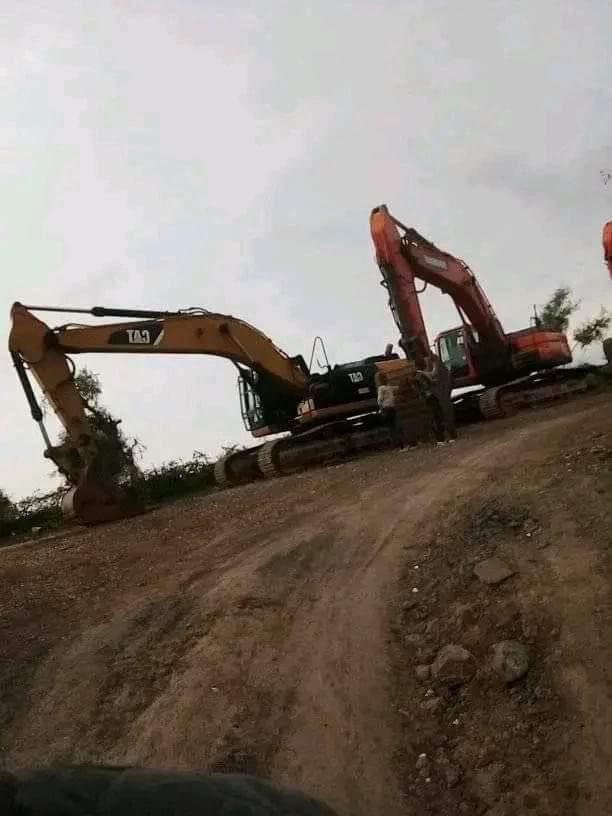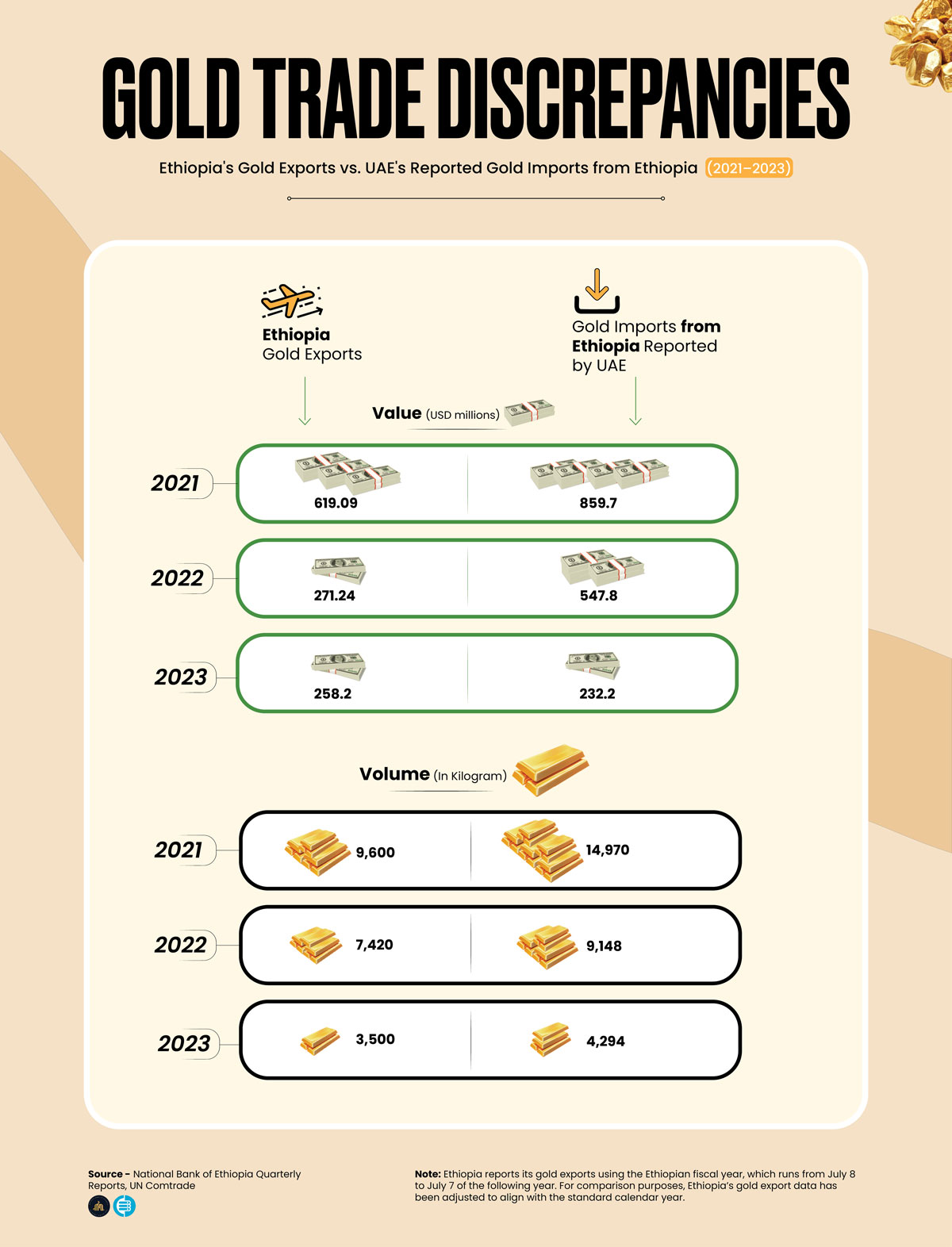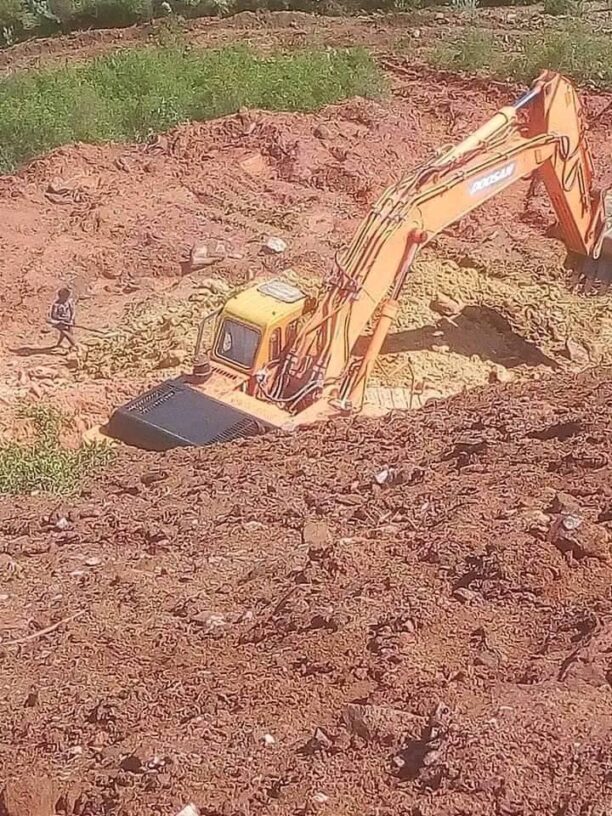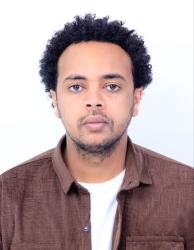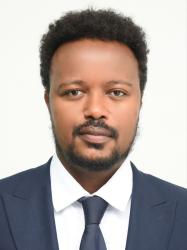The Artist
Mughni Sief’s paintings once made him a well-known artist in his native Syria: he taught fine art in a top university, and was invited to Lebanon to show his work. But since the war, and his decision to flee, his paintings have taken on a darker tone. One , “Even The Sea Had A Share Of Our Lives, It Was Tough” touches on the horrors so many Syrians have seen as they try to flee to safety.
“This painting is about Syrians crossing the sea to go to Europe from Turkey. I put this fish head and cut the head off to show the culture of ISIS. This here is the boat people,” he explains in his spartan apartment in Ecuador’s capital, Quito. “Syria was empty of people, and there are so many people dying in the sea.”
From the windows of his bedroom-come-studio, you can see the mountains, washing hanging in the sunshine on a neighbours balcony, beige tiles. Behind him the bed sheets – which came with the house – are adorned with images of teddy bears and the phrase “happy day.”
In the corner is a small, rolling suitcase in which he brought his wood carving tools, crayons, and charcoals from Syria: everything from his old life that he dared bring without alerting attention that he was leaving the country. In a small backpack he bought a Frederick Nietshce paperback, a birthday present from a friend, and a book he bought in Syria: “Learn Spanish in 5 days”. He didn’t bring any photos, in case his bag was searched.
Frustrated by restrictions he faced as a Syrian in Lebanon, he started to research other places where he might make a new start. He read that Ecuador was “one of the few countries that don't ask for a visa from Syrians. I had problems leaving Lebanon, and in El Dorado in Colombia but at Quito I came in no problem. The only question was: why are you coming to Ecuador, do you have money? I said nothing about asking for asylum so they just gave me a tourist visa.”
Soon after he made his asylum application, and today, he paints while he waits for a decision. “Before the war I was focused just on humans, on women, but when the war started that changed, and I began focusing on the miserable life that we live in Syria,” he says as he arranges three paintings on the bed. In one, he explains, is a woman who can’ face something in her life, so prefers to stop speaking.


